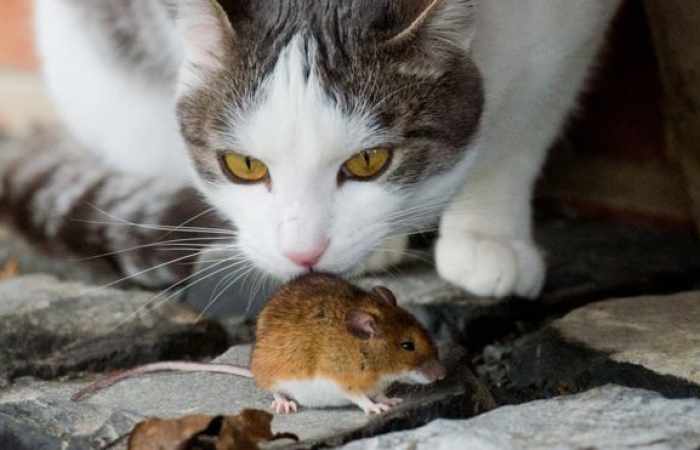Scientists believe wild mice crept into settlements in the Levant (Eastern Mediterranean) region to steal wild grains and seeds that ancient people had gathered and stored.
The rodents became what we know today as house mice, enjoying free food and shelter in human homes.
"Nowadays, thanks to this relationship, house mice have colonised almost every corner of the globe to become almost as ubiquitous as humans and also one of the most invasive mammalian species," said Dr Thomas Cucchi of Museum national d'Histoire naturelle, Paris.
His research is based on studies of teeth from the remains of rodents found in the southern Levant.
Mice started their relationship with humans "as soon as our species started to stay put and build houses 15,000 years ago", he said.
The people lived in round houses made of stone and mud. They foraged for wild cereals, such as emmer wheat and barley, and hunted deer and wild boar.
Mice appear to have thrived in this environment, with ample food to eat and few predators. It was a while before cats and dogs arrived on the scene.
Interestingly, the site also contains some of the earliest evidence for the domestication of dogs, in the form of the burial of a human with his hand on a puppy.
Dr Jeremy Searle of Cornell University, US, who is not connected with the research, said it gave a fascinating insight into a pre-agriculture association of house mice with humans.
"The important thing is a settled existence with storage of seeds," he said. "It doesn't have to be cultivated grain; it can be wild foodstuffs collected by hunter-gatherers."
Although a wild animal, the house mouse mainly lives in association with humans.
It has also been fully domesticated as a pet or fancy mouse, and as the laboratory mouse, which is one of the most important models in medical research.
More about: #science
















































